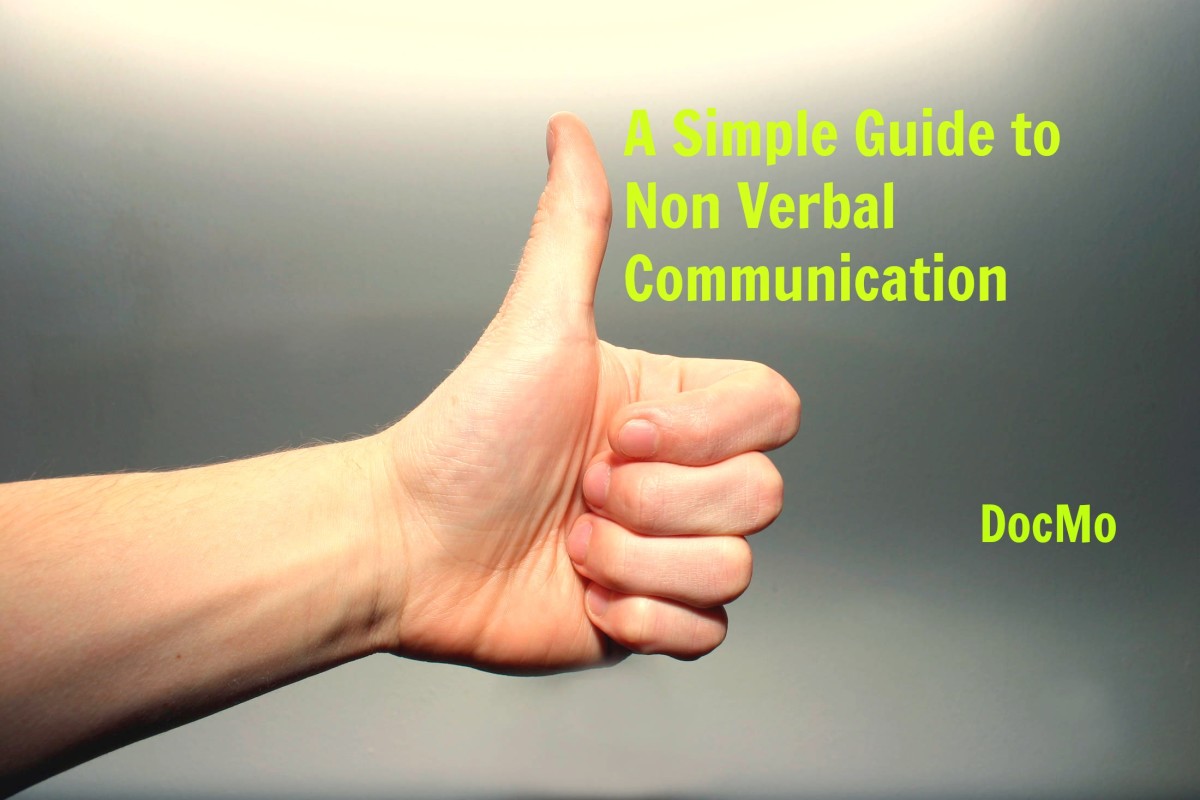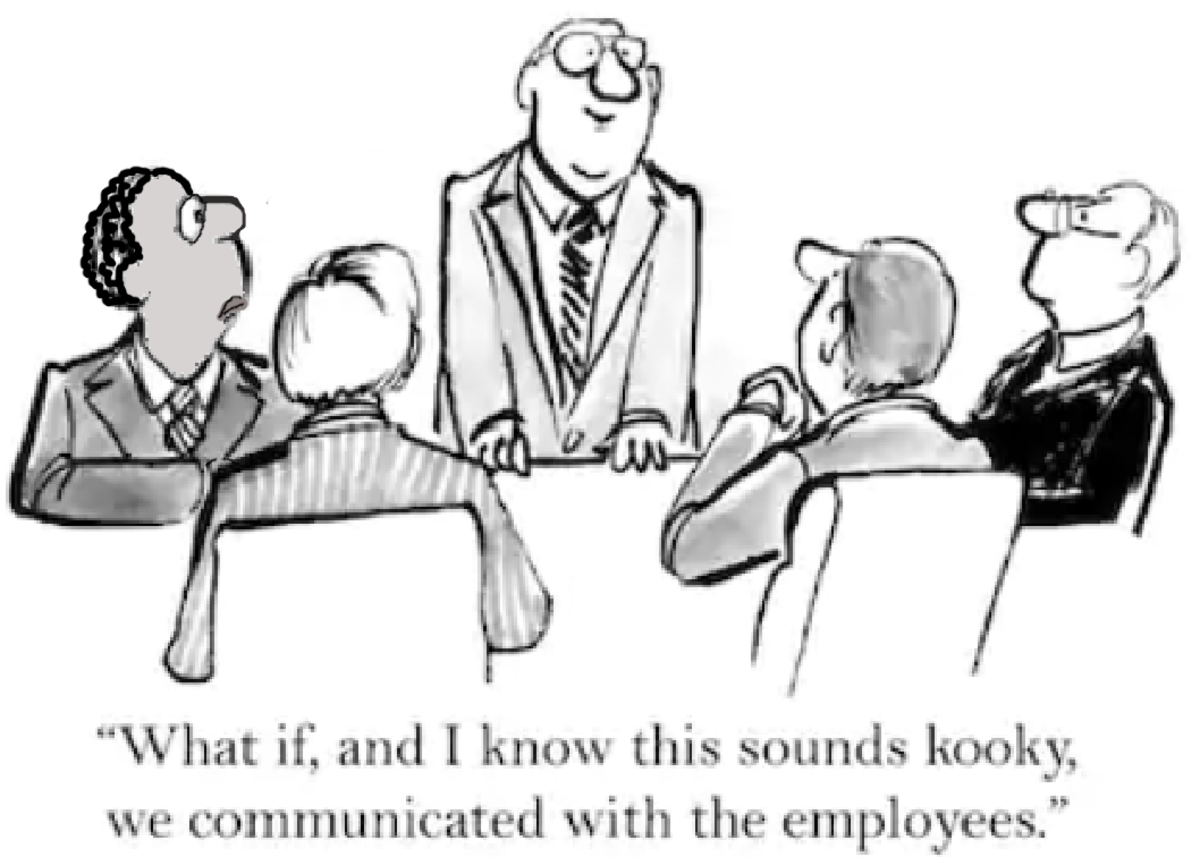Teen Talk: I Don't Get It...
Teen Talk - Live
Chris is taking “Teen Talk” on the road. If you are a member of a parent group or responsible for finding engaging speakers for student or youth groups, please contact Chris at www.chrislincoln-speaker.com

I Don't Get It!
Like nails on a chalkboard, or the squeal of a very dry dry-erase marker on a whiteboard, this one phrase sends shivers up and down the spine of teachers (and parents helping with homework), like no other.
Perhaps you are familiar with this dialog:
“I don’t get it”
“What part?”
“All of it.”
“Did you understand the first part, here…?”
“Uh huh.”
“This part?”
“Yeah”
“And then you did this here…”
“OK.”
“And that gives you this, right?”
“Yeah, I guess.”
“So, where are you having a problem?”
“Well, it’s just that I don’t get it.”
“Get what?”
“How the whole thing works.”
“Well let’s try a different example.”
“OK, but I still don’t get how you got that first one.”
Inhale deeply…
You explain step by step, checking that the student is watching and engaged. You proceed as you get affirmative grunts and the occasional nod of the head, and reaching the “ta da” moment you ask, “So you see how that works?”
“Not really.”
“What parts do you understand?”
“None of it.”
“But you watched me demonstrate it for you, you nodded along like you understood, really? You have no clue what we’re doing here?”
“No offense, it’s just that, well, I don’t get it…”
At this point you want to run outside and scream, or make observations about the shallow end of the gene pool, or just proclaim that the student/child is an idiot. The frustration is close to unbearable.
The doubter in you thinks it must be something you are doing, the cynic in you writes the kid off as a moron. It’s neither of you. It’s both.
Watch kids explain things to each other – it is incredibly concise,
“How do you do problem three?”
“You have to remember to do that thing.”
“Oh, yeah, huh…like here?”
“Yeah, but like this…”
“Oh, right, got it.”
What!? Do they use telepathy? How could the above micro conversation answer anything? No use of correct terminology, no step-by-step instructions, how can this work?
I have seen this happen countless times and I believe it is a great example of peer-to-peer communication. The average middle school student is so tuned in to the collective consciousness of his or her peer group, that the verbal communication becomes secondary to all the non-verbal communication going on.
Many adults who live or work in very close proximity to each other develop similar skills. Team mates in professional sports, a trauma team, a military unit, husbands and wives, best friends, all have the propensity to communicate very effectively with shorthand vocabulary, body language and an incredibly large helping of assumptions, developed over time, in similar situations. This ability for a group to act as a single entity is highly efficient, and is thrilling to be a part of. The sense of connectivity and mutual achievement is a heady brew, and forcefully defended against newcomers and outsiders.
Middle School students are masters at this. To the students who don’t understand the social connection it is an impenetrable mass, and is often the cause of bullying and exclusion. (This is a nightmare for children with Asperger’s Syndrome for example.)
For the kids who are part of this majority group-think, it is almost as natural as breathing.
For adults, who are naturally outside the collective, the hidden communications are both a mystery and a frustration. It can be the source of an incredible amount of angst and negative behavior, but if you recognize how this works, it can be very advantageous.
Experienced middle school teachers may not exactly understand how this collective idea works, but they are fully aware of it, and have fine-tuned their communications and approaches to direct the group in a particular way, so that positive learning occurs. To an outsider, their manner may seem a little blunt, even a little detached, as they need to tolerate a level of behavioral interaction that would drive most adults crazy.
What is happening is they can sense the group’s “normal”, and when a line is crossed, quickly redirect. The teacher only has a few seconds, as the group will know there has been a ripple in the force, and unchecked, they will exacerbate the situation for their entertainment.
Cell phones, instant messaging, and social networks, have expanded the realm of the teen collective, as it becomes imperative to remain connected, or face the ultimate sanction – exclusion.
Understanding this, it is obvious that peer support and peer teaching can be incredibly effective. The challenge is in guiding it towards adult goals, not the students.
Realizing that this phenomenon exists explains to some degree my opening dialog. With the statement “I don’t get it,” the student is informing you that he or she is not connected to you, or the assignment. Our detailed explanations, the clear step-by-step instructions, do not help, as every part seems to have equal importance. The problem is that there is a key piece of understanding, somewhere in the total explanation, which needs to be recognized and turned on.
The peer, having just mastered that key element, goes directly to it, and in the verbal shorthand of the group, identifies it for his friend. The friend, now tuned in to the component that is the roadblock to understanding, then tries to address it. The peer is usually non-judgmental and either confirms the step, or indicates an alternative.
Roadblock removed.
Can we as adults emulate that?
Possibly. We need to look at the issue from their perspective and try to identify the challenging component. It is often the key ingredient being taught in the preceding lesson. It is where the leap is made, where is the extension to their previous knowledge is hoped for. Good, experienced middle school teachers have this skill down. If you are on the upward slope of the learning curve, look in the teachers’ edition of the text; it is probably clearly noted somewhere.
For parents, this tool may not be available, or nearly as obvious, so I would suggest you have your child call a friend, or wait until the next day and talk to the teacher.
Whatever you do, do not waste time on communications that are not connecting.
Got it?








